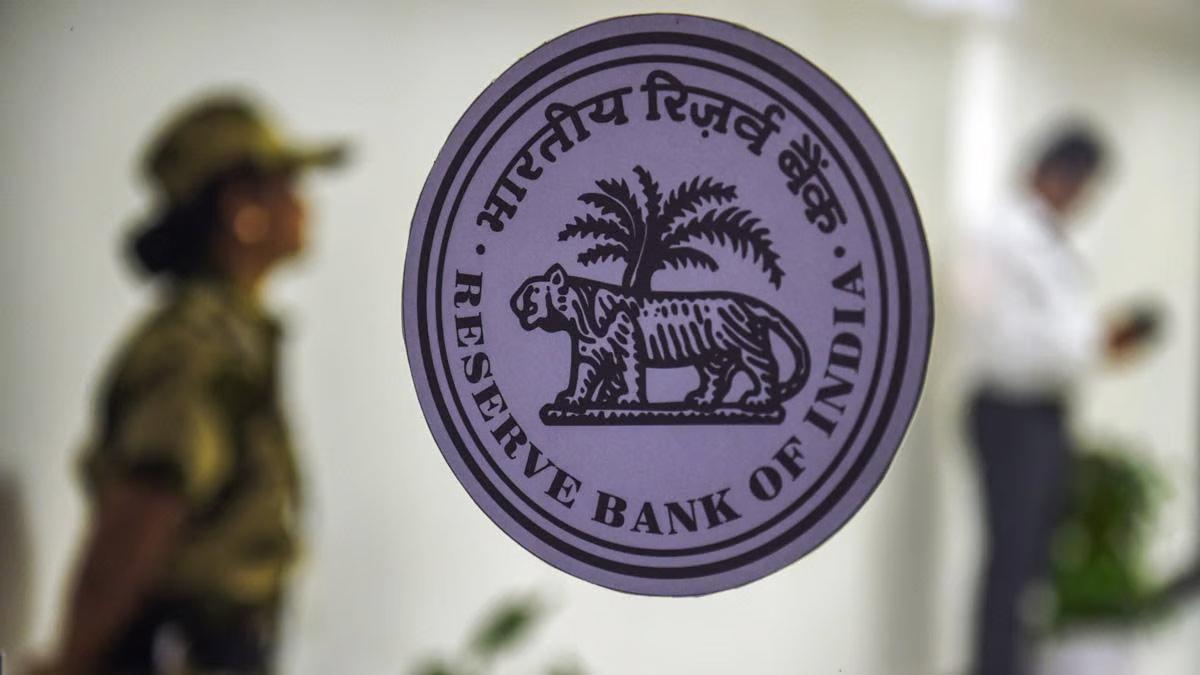Interest rates can significantly impact short-term and long-term investments by influencing borrowing costs, investment returns, and the overall financial market environment. Over the short term, cash accounts, bonds and fixed income, money markets, credit, carrying costs, and interest rate differentials are impacted by interest rate changes. Long-term changes in interest rates can impact stocks, real estate, bonds, and retirement funds. Some of the impacts are direct changes to the value of a security, while in other cases, the earnings or costs to hold an asset are affected. Here are some ways interest rates impact short- and long-term trading.
Short-Term Investments:
Changes to interest rates directly impact cash and savings accounts. Higher interest rates generally translate to higher yields on cash and savings accounts. This change can benefit investors holding cash or short-term savings instruments by providing better investment returns.
A savings account is a type of bank account that allows individuals to deposit and save money while earning interest on their deposits. It is typically used to hold funds for future needs or emergencies and offers a safe and secure way to store money while allowing account holders to earn a small return on their savings. Savings accounts are considered low-risk investment options and often have restrictions on the number of withdrawals that can be made each month.
Interest rates can directly impact bonds and Fixed-Income Securities. Short-term bonds and fixed-income securities are sensitive to changes in interest rates. Rising interest rates can erode the value of existing bonds, with higher yields becoming more attractive. Conversely, falling interest rates can increase the value of existing bonds.
Money market instruments, such as Treasury bills, commercial paper, and certificates of deposit, are directly impacted by changes in short-term interest rates set by central banks. Rising interest rates can lead to higher yields on money market investments, while falling rates may result in lower returns.
A money market instrument is a type of short-term debt security issued by governments, corporations, or financial institutions to raise funds. These instruments are highly liquid and have maturities typically ranging from one day to one year. Examples of money market instruments include Treasury bills, certificates of deposit (CDs), commercial paper, and municipal notes.
Investors use money market instruments as a low-risk, short-term investment option to preserve capital and earn a modest return. These instruments are generally considered less risky than other types of investments, such as stocks. Individuals, institutions, and corporations often use them as cash management tools.
Rising interest rates can increase borrowing costs for short-term loans and credit lines, making it more expensive for businesses and individuals to access credit. This situation can impact cash flow, working capital, and investment decisions for short-term projects.
Long-Term Investments:
Generally, stocks tend to perform better in a low-interest-rate environment, as low rates can boost economic growth, corporate profits, and investor confidence. Conversely, rising interest rates can dampen stock market returns as borrowing costs increase, potentially slowing economic growth and corporate earnings.
Stocks
Over the long term, online trading of equities are driven partially by discounted cash flows. Discounted cash flow (DCF) is a financial valuation method used to estimate the value of an investment or project based on its expected future cash flows. The basic premise of DCF is that the value of a cash flow received in the future is worth less than the same amount received today due to the time value of money. By discounting future cash flows back to their present value using a discount rate, analysts can determine the present value of an investment or project.
Interest rate changes can significantly impact the value of discounted cash flows and, by extension, on companies. When interest rates rise, the discount rate used in the DCF calculation increases, resulting in a lower present value for future cash flows. This situation means that companies may see a reduction in the estimated value of their investments or projects, which can impact investment decisions, financial performance, and overall business strategy.
Conversely, the discount rate decreases when interest rates fall, leading to a higher present value for future cash flows. In this scenario, companies may see an increase in the estimated value of their investments or projects, potentially leading to more favorable investment decisions and improved financial performance. Overall, changes in interest rates can affect the value and profitability of companies by influencing the present value of future cash flows as calculated through the DCF method.
Real Estate
Long-term investments in real estate, such as residential and commercial properties, are influenced by interest rates. Lower interest rates can make borrowing cheaper, stimulating demand for mortgages and home purchases. Conversely, higher interest rates can increase mortgage payments and reduce affordability, potentially cooling the real estate market.
Interest rates significantly impact the real estate market in several ways. Higher interest rates can make borrowing more expensive, leading to higher mortgage rates. This scenario can make it more difficult for potential homebuyers to afford a property, leading to decreased demand for real estate. Conversely, lower interest rates can make borrowing more affordable and stimulate demand for real estate.
Rising interest rates can reduce the overall affordability of homes for buyers, as higher mortgage rates mean higher monthly payments. This situation can lead to a slowdown in the real estate market and a decrease in home prices. On the other hand, lower interest rates can increase affordability, driving up demand and potentially pushing home prices higher.
Interest rates also impact real estate investors. Higher interest rates mean higher borrowing costs, which can decrease the profitability of real estate investments. Conversely, lower interest rates can make financing cheaper and more attractive for investors, potentially leading to increased investment in real estate.
Changes in interest rates can also affect property values. Higher interest rates can lead to decreased property values, as higher borrowing costs can reduce demand for real estate. Conversely, lower interest rates can support higher property values by increasing affordability and stimulating demand.
Bonds
Fixed-income investments with longer maturities are more sensitive to changes in interest rates. Long-term bonds may experience greater price volatility in response to interest rate movements, with falling rates boosting bond values and rising rates leading to price declines.
Bond yields and interest rates typically move in opposite directions because the bond market's pricing mechanism intrinsically links them.
When interest rates rise, the prices of existing bonds on the market decrease. This situation is because newly issued bonds come with higher coupon rates due to the increased interest rates, making them more attractive to investors than older bonds with lower rates. For older bonds with lower coupon rates to compete with newly issued bonds, their prices must decrease to match the yield investors could earn from newly issued bonds. As a result, bond yields move in the opposite direction to bond prices – when prices fall, yields rise to attract investors to older bonds with lower coupon rates.
Conversely, when interest rates fall, the prices of existing bonds increase. This is because newly issued bonds come with lower coupon rates due to the decreased interest rates, making older bonds with higher coupon rates more attractive to investors. For newly issued bonds to compete with older bonds, their prices must increase to match the yield investors could earn from older bonds. As a result, bond yields move in the opposite direction to bond prices – when prices rise, yields fall to align with the lower coupon rates of newly issued bonds.
Long-term investments held in retirement accounts, pension funds, and other savings vehicles are impacted by interest rates. Retirees, pensioners, and long-term investors may adjust their asset allocations and investment strategies in response to changes in interest rates to meet their financial goals and risk tolerance.
Carrying Costs
Interest rates can impact carrying costs for currencies and commodities. In the currency market, traders can use a carry trade strategy, where they borrow funds in a currency with a low-interest rate and invest in a currency with a higher interest rate. The interest rate differential between the two currencies determines the profitability of the trade. When interest rates rise in the borrowed currency, the cost of funding the carry trade increases, reducing potential profits. Conversely, when interest rates fall in the borrowed currency, the cost of financing the trade decreases, making it more attractive and potentially increasing profits.
Companies and traders often use financing in the commodities market to purchase and store physical commodities. Higher interest rates can increase the cost of financing these positions as borrowing becomes more expensive. This situation can impact the profitability of storing commodities over an extended period, as higher carrying costs can erode potential gains. Conversely, lower interest rates can reduce the cost of financing, making it more cost-effective to hold and store commodities.
Inflation rates are also linked to interest rates and can impact carrying costs for currencies and commodities. Inflation erodes the purchasing power of a currency over time, and central banks may raise interest rates to combat inflation. Higher interest rates can strengthen a currency, reducing the cost of carrying foreign currencies. Conversely, lower interest rates may stimulate economic growth during low inflation, potentially weakening a currency and increasing carrying costs for foreign currencies.
The Bottom Line
Interest rates are crucial in shaping short-term and long-term trading strategies by influencing currency exchange rates, market volatility, investment decisions, and risk management practices in various financial markets. Traders and investors must closely monitor interest rate developments and their potential impact on trading activities to make informed decisions and effectively navigate changing market conditions.


















